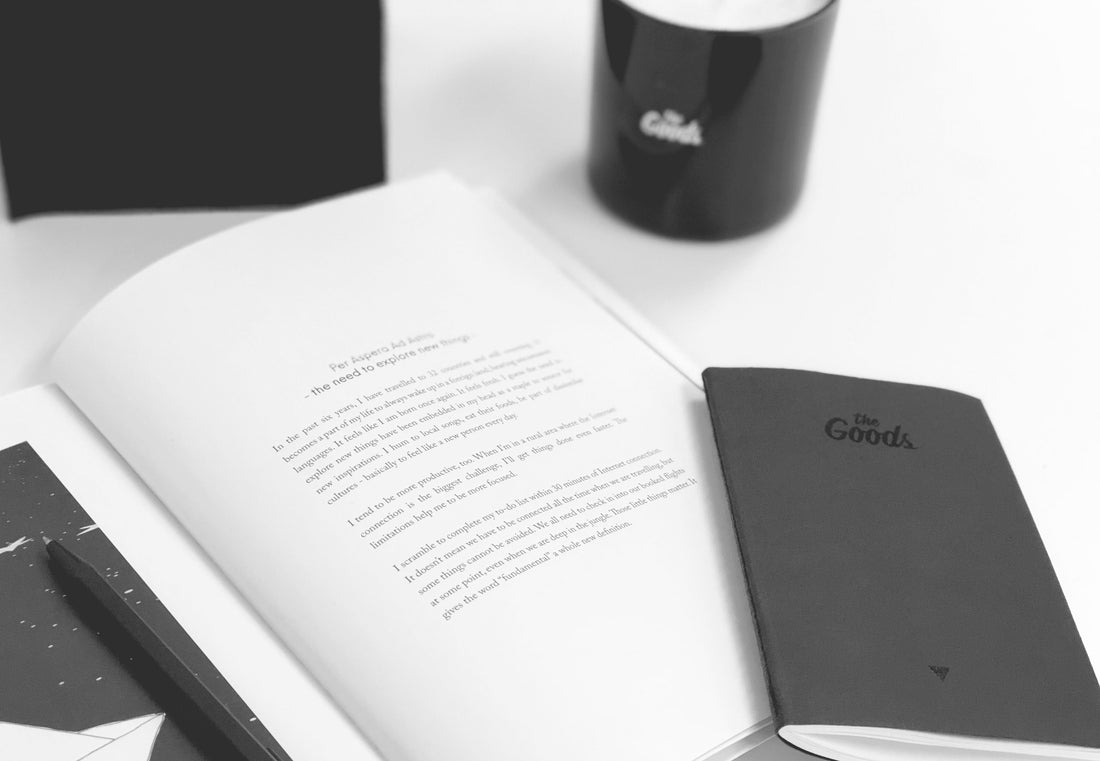We all know that leather has been around for hundreds if not thousands of years. The leather industry is actually one of the oldest in the world. Its appeal is mostly due to its durability, its resistance to harsh conditions, and its versatility. Leather can be used in almost every aspect of life. It has been used to make footwear, jewelry, handbags, wallets, to upholster furniture, and a host of other applications.
But have you ever wondered how all of these uses of leather came about? How it found its way into the hearts of so many people? It is interesting to learn how the making of animal hides came to take up such an important role in our lives.
Origins of Leather Craft
The art of taking animal hides and using them for practical purposes probably started around 7,000 years ago. Skins were dried in the sun and then softened by pounding its surface with animal fats and brains. Finally, it was preserved by rubbing salt on the skin and then smoking them.
In colder climates, the softening was done by pouring urine on the hides. Later, the workers (usually women) would chew on the leather to finish the process. Once the hide was supple enough, they would rub into them a mixture of fat and fish oil.
Leather in the Middle Ages
Around the 15th century, leather tanning became even more widespread. While the practice started centuries earlier, by this time, it became a means of adornment. Dying was usually done by extracting plant juice and rubbing it into the hides. It is probably around this time that vegetable tanning began in earnest.
It is believed that it was around this time that the art of leather decoration also took hold. Up until this point, leather was most commonly used for practical purposes, to create a bag to carry things, for boat sails, plumbing hoses, and even floatation devices. It wasn’t until many years later that they found a place in personal adornment. Common tools used to beautify the sturdy material were stamping, gilding, dying, and painting.
During the 14th and the 15th centuries, a common practice was to cut figures into the grain of the leather through a process of punching through the tough hide from the flesh side of the all the way through with a steel rod.
Leather Today
Today, leather making is not so primitive. The modern leather maker uses three basic stages in preparing leather for use.
The first phase is preparing the hide for tanning. This is where the hide is skinned and protected before it is sent to the tannery.
Since a hide will quickly start to decompose after slaughter, this process must be initiated very quickly. The hide has to be cured through a process of dehydration by either air drying, or with a coating of wet or dry salt. Some tanners will pickle it with a combination of acids and salts before it goes into the second phase, the actual tanning process.
Once it reaches the tannery, it is soaked in a bath of water-soluble materials in order to restore it to its natural shape and softness. It is then dipped in a solution of lime and water to remove any remaining hair and flesh that may still be stuck to the fleshy side of the hide. Then it is washed, de-limed, and the enzymes removed in a final cleaning process.
In the final phase, the hide is thoroughly dried and then dyed. Then a combination of oils and greases are rubbed into the leather to lubricate it and soften it even further. Afterwards, it is dried until it reaches about 14% moisture content in a tunnel dryer or by vacuum drying. The finished leather is reconditioned with damp sawdust until it reaches a moisture content of 20%. Finally, it is stretched and coated to give it that all-important resistance that keeps it from cracking and peeling.
Leather workers then take the finished piece and fashion it into any number of products. In the past, leather was hard to come by and it took days or weeks to turn an animal hide into a useful product to use. Today, much of it is produced in a much shorter period of time. This is why leather is found in so many places today. So, the next time you pick up a football, slip your feet into a pair of leather boots, or bundle up in a warm leather coat, remember to thank your ancestors for all their hard work, which brought this new and precious material to you.

